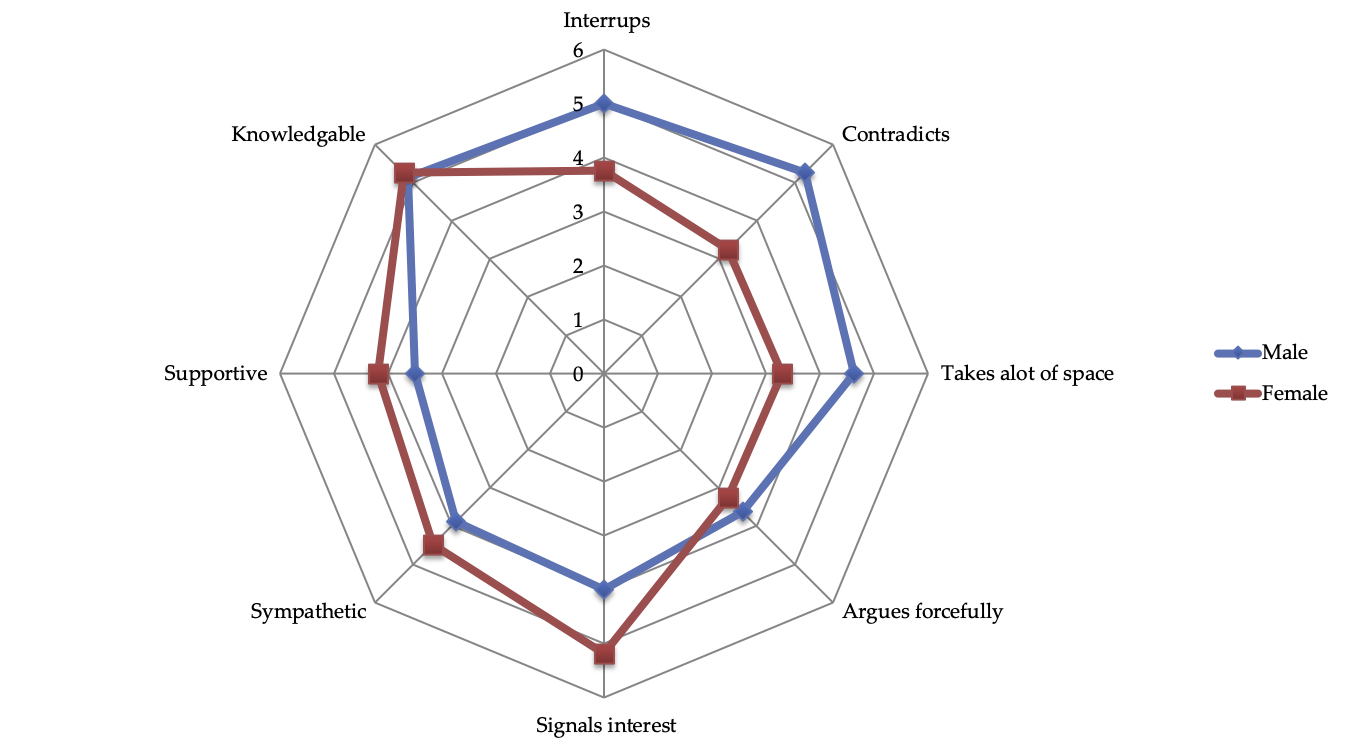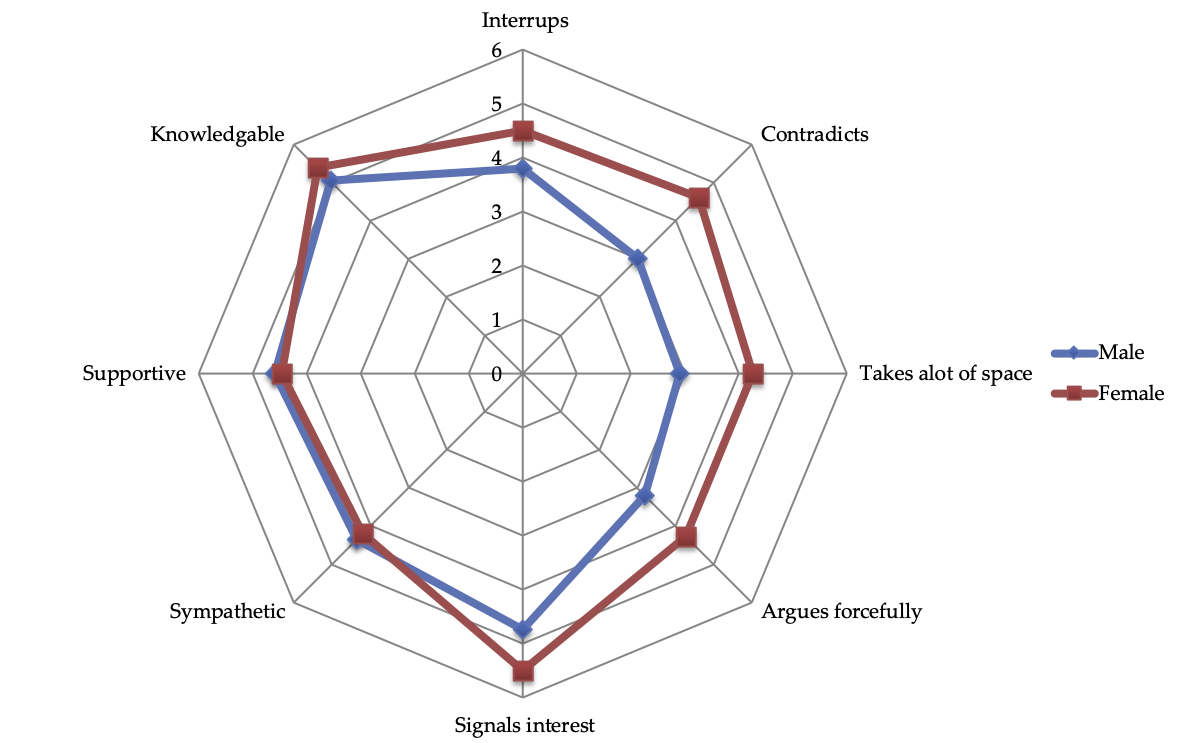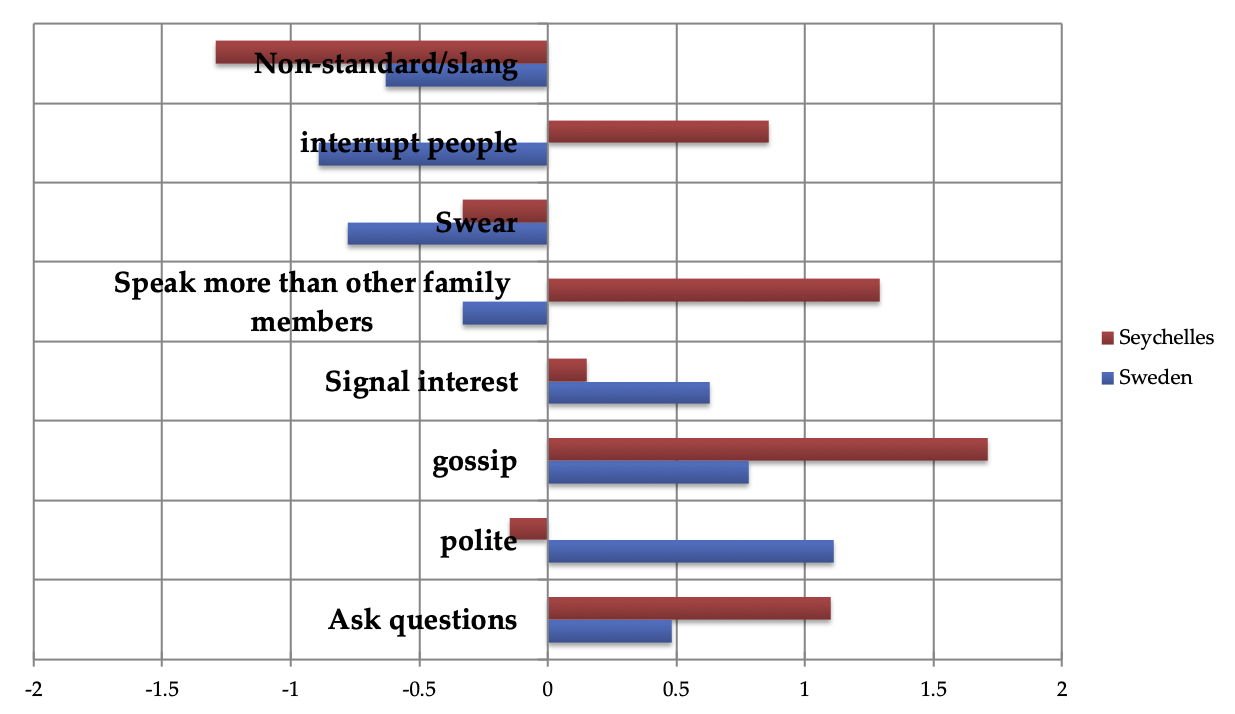The Disney Discussion Case
| ||||||||||||
| disney_script.pdf |
Recording and Morphing
Before recording the scripts, we first trialed a number of voices to see which responded best to voice morphing. For more details of the morphing method see methods.
Before recording the scripts, we first trialed a number of voices to see which responded best to voice morphing. For more details of the morphing method see methods.
|
Version A: Female professor
|
Version B: Male professor
|
Presenting and Conducting the Case
This case was contextualised as an exercise in
This case was contextualised as an exercise in

Want to try?
If you want to try out the case with your own class use QR-code is link below for a ready package.
https://www.surveymonkey.com/r/RKRTYL9
Note! Contact mats.deutschmann@oru.se if you want to do this with a group so that we can set up a specific group for you and give you access to the results.
If you want to try out the case with your own class use QR-code is link below for a ready package.
https://www.surveymonkey.com/r/RKRTYL9
Note! Contact mats.deutschmann@oru.se if you want to do this with a group so that we can set up a specific group for you and give you access to the results.
|
Link to post-survey. Please let participants answer this after the seminar discussion!
https://www.surveymonkey.com/r/R7N92JX |
|
Example of debriefing presentation
|
| ||
Some Results from Previous Trials
The stereotypes that emerged from the awareness raising activities in Sweden showed that there were tendencies for respondents who listened to the male version to give higher scores on conversational features associated with competitive conversational styles (taking space, interrupting, contradicting etc.), while respondents who listened to the female version tended to score higher on features associated with collaborative conversational styles (being supportive, signalling interest and not taking too much space). The results are summarised in Figure 1 above. It seems that respondents in particular focussed on, and noted, aspects that were associated with male behaviour when listening to the male version and vice versa.



